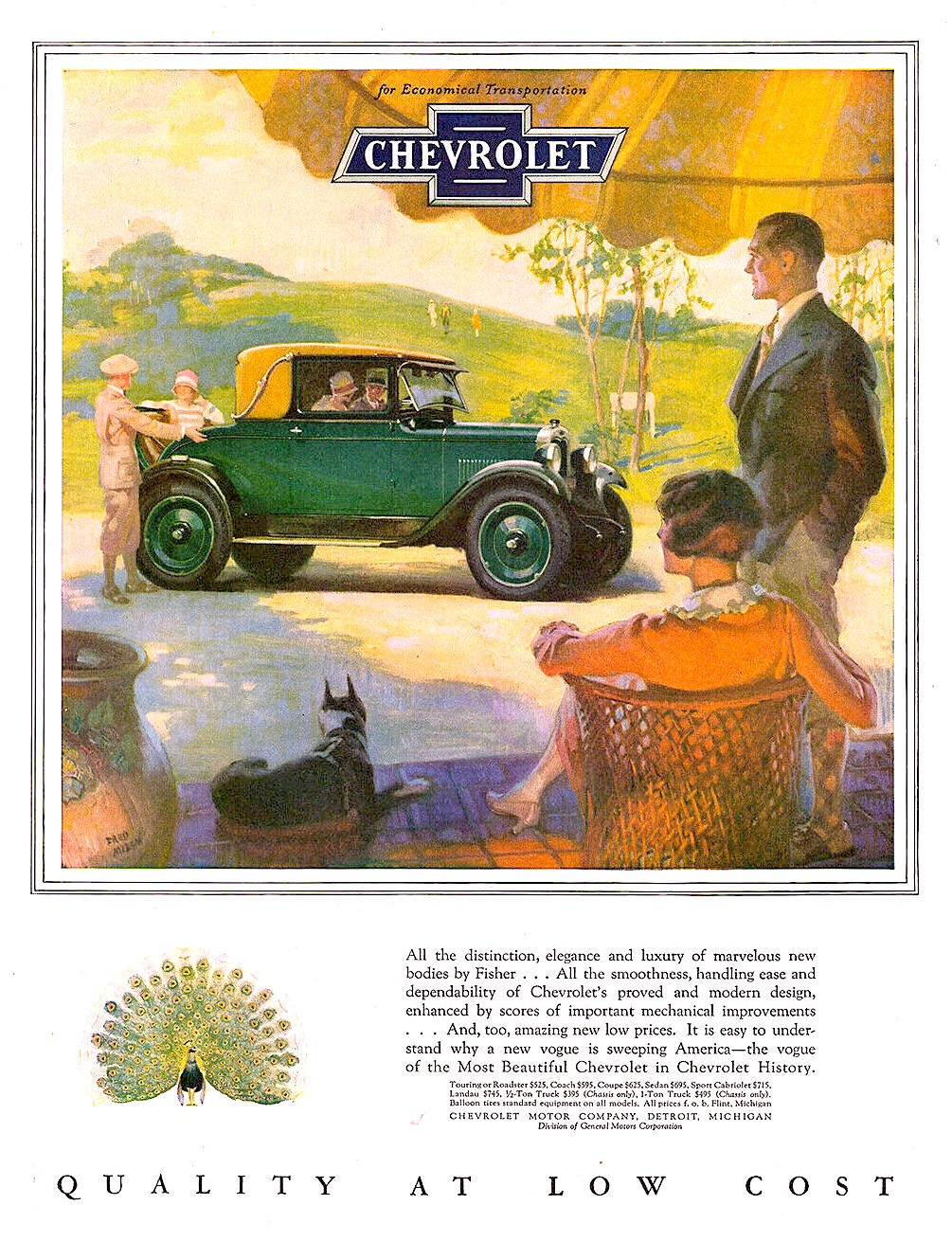Although I'm not usually enthusuastic about his illustrations, I greatly respect his ability to draw. This ability is especially impressive because Dorne was self-taught, having to discover many aspects of art on his own. David Apatoff posted about Dorne's sketchbooks here. The present post also features some of his drawings.
From an Art Directors Club of New York awards annual. Dorne's style here is not typical of much of his work because the subjects are modeled, and not drawn in ink with colored ink washes added. However, note his treatment of faces, hands and fabric folds -- the latter two are not easy for amateurs and many professionals to deal with. Note the legs of the woman in the background; ankles are simplified, but the shapes are correctly defined by a few simple lines.
A typical Dorne illustration. Ink lines and some shading as the basis for colored ink washes. Dorne's characters often had a cartoon-like feeling that went a little too far in my judgment.
Now for some Famous Artists School instruction pages by Dorne. This one deals with fabrics and folds. The vignettes are clipped from illustrations he had made.
Here he deals with faces.
And hands -- so difficult to learn to draw for most of us.
Showing how to build faces from simple shapes.
A crowd-scene preliminary drawing. Or maybe a partially completed illustration where the inking is done, but pencil work needs to be erased and coloring added.
Another example. The two men at the right are included in the clothing lesson image above.






















%20-%201932.png)















